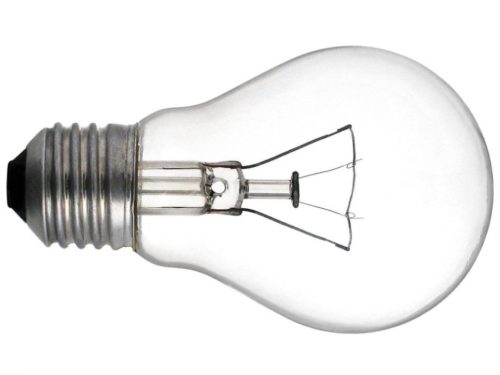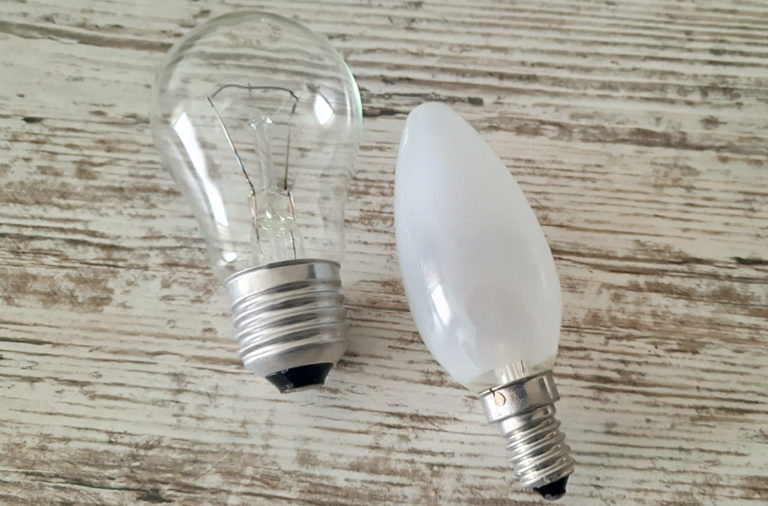Types of light sources
Understand the features of light sources is not difficult, because in fact there are only two options. And one of them is familiar to everyone, and the second is not difficult to classify by type and understand the main characteristics.
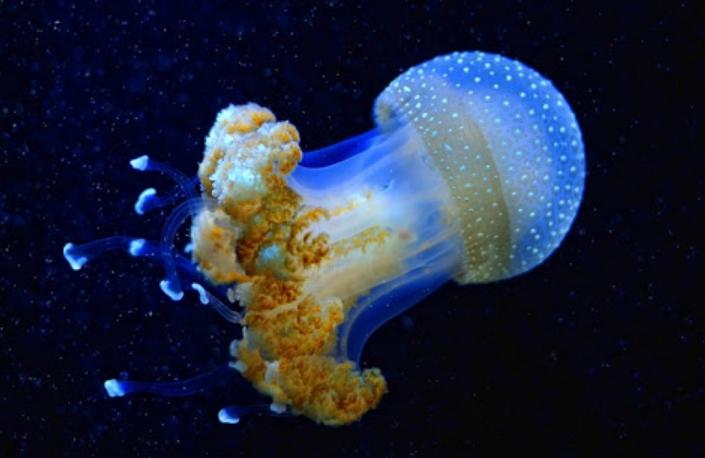
What is a light source
A light source is an object that emits electromagnetic energy in the region of the spectrum that is perceived by the human eye. According to the laws of physics, if individual objects are heated to a certain temperature, they begin to glow.
In fact, any luminous object can be called a source of light, be it the sun, glow bugs or a variety of lighting equipment produced by modern factories.

Types and classifications of light sources
All options can be divided into two main types - natural and artificial sources. It is easiest to proceed from this when considering the issue, as the information is easy to systematize.
Natural light sources
This group can include all natural phenomena and objects that can emit light visible to man. Moreover, emission can be either a primary or a secondary property of an object or phenomenon. All of the variants in this section have arisen without the intervention of humans or the activities of other beings. The main natural sources:
- Sun. An object well known to all, which not only emits light due to its glowing structure, but is also the source of life on Earth.
- The stars, the moon ...and other objects from outer space. A huge number of luminous points appear in the sky every day after sunset. And the nature of the glow is different. While the moon has reflected light, other objects may glow on their own. Also the glow can come from intergalactic gas, it can also be seen in some parts of the sky.
- The aurora borealis - Another natural source.
- Atmospheric electrical discharges also belong here, though they flare up for a short period of time.
- Minerals and organic products can glow from oxidation, i.e., combustion.
- Bioluminescence of living organismsA striking example is the familiar fireflies.

All these variants are found in the natural environment and do not depend on man. He can not adjust their brightness and influence it.
Artificial light sources
In this case, the source is any element that gives radiation as a result of energy conversion. Almost all variants of artificial origin are powered by electricity. That is, the primary energy used to produce light is current.
If we proceed from the physical categories, we can divide all artificial options into three main varieties. Each has its own characteristics:
- Thermal sources - The most common today. The principle of operation is that a certain object (most often a tungsten filament), is heated to a temperature where it begins to emit not only heat, but also visible light. This option was widely used first, but now it has been superseded by more progressive and safer ones, because heating to high temperatures is not the best solution in many situations.
- Luminescent options They work thanks to the phenomenon of luminescence. In this case the energy is converted into optical radiation. Widely used in various industries, the main advantage is that they do not heat up in the process. Another plus is the low consumption of electricity. But because of their mercury content, they should be properly disposed of, and if they break down, ventilate the room.Fluorescent light sources are a great solution for industry and offices.
- LED light sources have appeared recently, but are used more and more every year. The main working element is a semiconductor crystal. In it, when electrons under the influence of electricity move from one energy level to another, photons are emitted. A very productive and safe system that provides excellent lighting quality.
Recommended viewing option: Video lessons in physics
All currently produced lamps can be divided into several categories, depending on the principle of operation and design features. Types of light sources:
- Incandescent bulbs. Used for over 100 years, the main element is a tungsten filament, which gives light when heated. So that when heated strongly, the tungsten is not so quickly atomized, and the coil serves as long as possible, the bulb is made airtight and filled with an inert gas. The main advantage is the low price, but the quality of light is not the highest, and the service life is the shortest of all the options. During operation, the bulb is very hot, so the plafond should be located at least 3 cm from it.Incandescent bulbs
- Halogen bulbs are filled with a special composition, which, combined with the use of quartz glass, allowed to obtain high-quality light with a good color rendering index. Due to the reflectors you can clearly direct the light. But in terms of energy efficiency and service life, this solution is not much different from the first option, as here, too, the main working element is a filament.
- Fluorescent lamps are a tube filled with an inert gas with mercury vapor, in which there are 2 electrodes. When electricity is applied, an arc discharge occurs between the electrodes and the mercury vapor begins to glow. But most of the light is provided by the phosphor - a composition applied to the inner surface of the tube, at the expense of it is obtained uniform illumination. Used mainly in offices, to connect you need automatic machines, the service life is up to 20,000 hours.
- Compact fluorescent versions. They are made to fit standard bases, which allows them to be used instead of incandescent lamps. The quality of light is much higher, while using less electricity. This solution has the same advantages as conventional fluorescent lamps.Types of CFLs
- LED bulbs work due to semiconductors, which distinguishes them from their counterparts. This technology allows for different color temperatures and brightness, so you can use LEDs in all rooms. Power consumption is the lowest of all options, and the lifespan is the longest, usually starting at 50,000 hours.
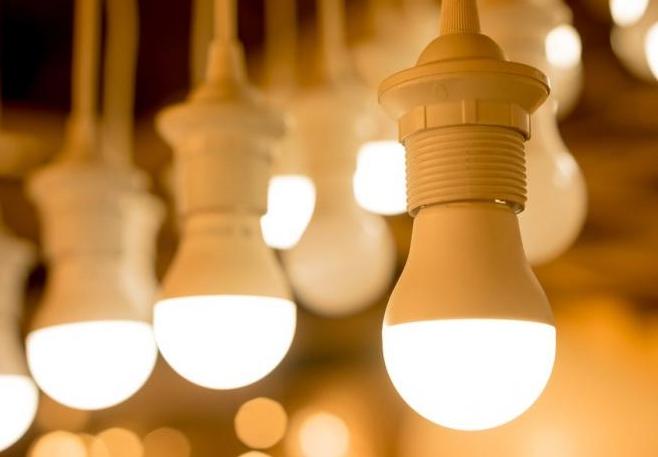
By the way! LED bulbs are the safest, they do not heat up when working, the products have no glass and no vapors of harmful substances.
The main characteristics of light sources
Indicators and terms are used mainly for artificial light sources. Listed here are the main characteristics that are used most often:
- Luminous flux - the amount of light that reaches a specific area in a given time, it is proportional to the flux of radiation that the human eye sees. It is measured in Lumens.
- Stability of luminous flux shows how much the light quality of a lamp changes over time.
- Full life indicates how long the lamp should work. But more important is the second indicator, useful life, which reflects the operating time when the lamp produces quality light.
- Guaranteed life indicates the minimum time a lamp should operate while maintaining good light quality.
- The rated voltage indicates at what voltage the lamp provides the stated performance. Models with ballasts and transformers do not need this indicator.
- Type of current used for operation. It can be DC (usually low-voltage), but most lamps operate on alternating current.
- The power rating shows the electricity consumption of the equipment when the rated voltage is applied.
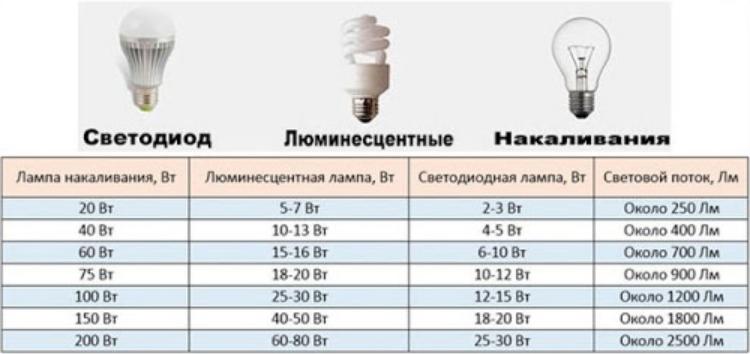
Modern LED lamps use indicators such as the type of light (warm or cold).
Choose a light source should take into account the requirements for lighting and type luminaire. It is better to give preference to modern LED lamps, which consume at least 10 times less electricity and provide better light than analogues. Proceed not only from the price, but also from the lifespan, electricity costs and safety for humans.

